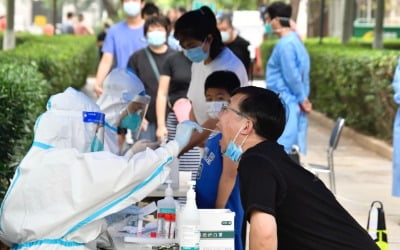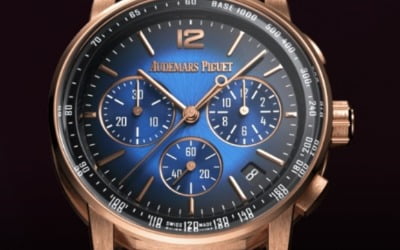재즈 역사상 최다 녹음 기록으로 기네스에 오른 베이시스트
-
기사 스크랩
-
공유
-
댓글
-
클린뷰
-
프린트
[arte] 론 브랜튼의 Jazz it UP
베이시스트는 누구지?
Who's on Bass?
베이시스트는 누구지?
Who's on Bass?
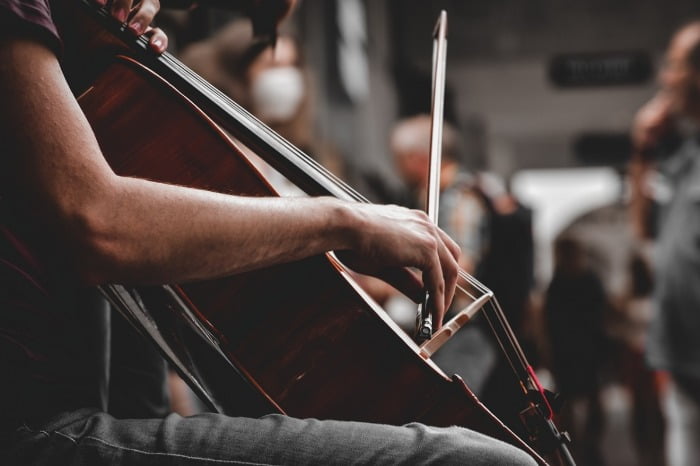
재즈 그룹들에 영향을 미치고 음악을 만드는 방식을 형성하는 데 도움을 준 베이시스트들을 생각해보고자 한다. 최근에는 매트 브루어와 하리시 라가반 같은 현대 베이시스트들을 듣고 있지만 두 명의 가장 중요한 베이시스트들을 살펴보고 싶다.
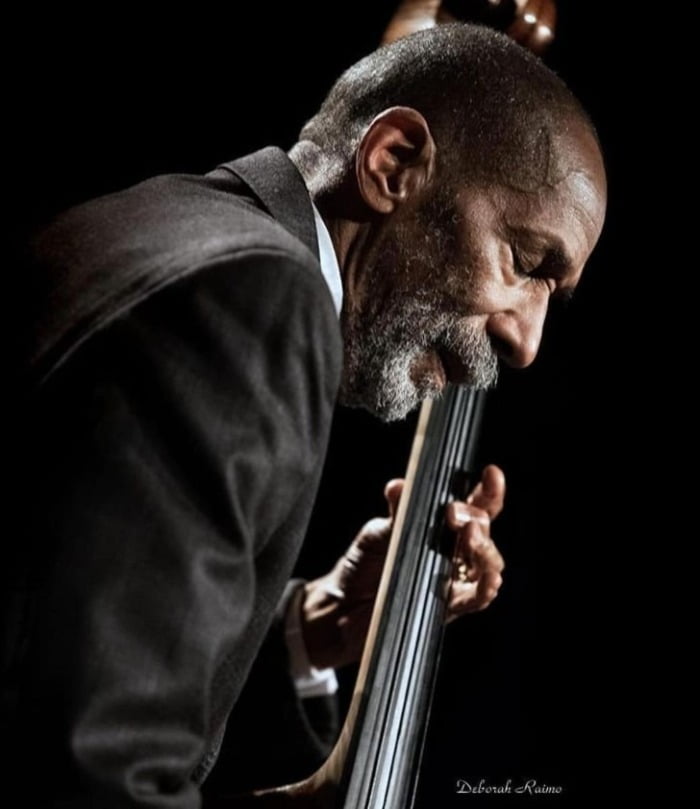
카터는 원래 첼로를 연주했지만 음악가로서의 경력을 쌓는 데 어려움을 겪었다. 그는 “첼로는 나의 주요 악기였고, 어렸을 때 꽤 잘 연주했다… 하지만 학교에서 PTA 모임이나 성인 모임에서 공연할 학생을 선택할 때 항상 백인 학생을 선택했다”고 말했다. 유일한 베이시스트가 다음 해에 떠난다는 것을 알게 되었을 때 그는 베이스로 전환했지만 클래식 음악계에서도 같은 문제를 겪었다.
“필하모닉 오케스트라의 고용 담당자들이 흑인 음악가들을 고용할 생각이 없다는 것을 깨달았다. 명백했다.” 흑인 클래식 베이시스트를 고용하지 않자 그는 재즈로 전향하게 되었다. 소니 스팃의 권유로 로체스터 대학교를 졸업한 후 뉴욕으로 오게 되었다.
카터는 1959년 뉴욕에 도착해 치코 해밀턴(드럼)의 퀸텟에 합류하여 색소폰 연주자이자 플루티스트인 에릭 돌피와 함께 연주할 기회를 얻었다. 카터는 60년대 초 뉴욕에서의 연주에 대해 “초기 세트에서는 더 복잡한 곡들을 연주했는데, 이 곡들을 들으러 온 사람들이 일찍 나와서 듣기 때문이었다. 그리고 술 마시는 사람들은 2시쯤 나왔다”고 회상했다.
아트 파머와 함께 한 하프노트 공연 중 마일스 데이비스가 그를 보고 공연 중간에 투어에 합류할 의향이 있는지 물었다. 결국 카터는 데이비스와 전속 계약을 맺었다. 당시 25세였던 카터는 드러머 토니 윌리엄스(17세), 피아니스트 허비 행콕(22세), 색소포니스트 웨인 쇼터(33세)와 함께 데이비스의 두 번째 위대한 퀸텟을 구성하게 되었다. 이 그룹은 폴 체임버스가 베이스를 연주했던 “Kind of Blue” 멤버들 이후에 결성된 것이다.
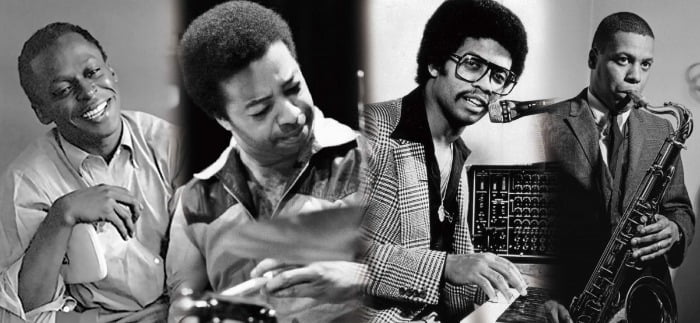
“우리가 만든 음악이 매우 자랑스럽고, 지금도 여전히 돋보인다고 생각한다. 마일스는 스튜디오에서 명령을 내리는 사람이 아니었다; 그는 당신이 세션에 무엇을 가져올지에 더 관심이 있었다. 듣고, 주의를 기울이고, 무엇이 발전하고 있는지 이해하는 것이 중요했다. 그것은 모험이었다. 나는 마일스와 함께 일하면서 많은 것을 배웠다: 밴드 리더로서 모든 책임이 자신에게 있다는 것을 확실히 배웠다.”
카터는 나중에 마일스의 동문인 허비 행콕(피아노)과 토니 윌리엄스(드럼), 프레디 허바드(트럼펫), 조지 콜먼(테너 색소폰)과 함께 매우 영향력 있는 피아노 퀸텟을 결성하여 “Maiden Voyage”와 같은 중요한 재즈 녹음을 남겼다.
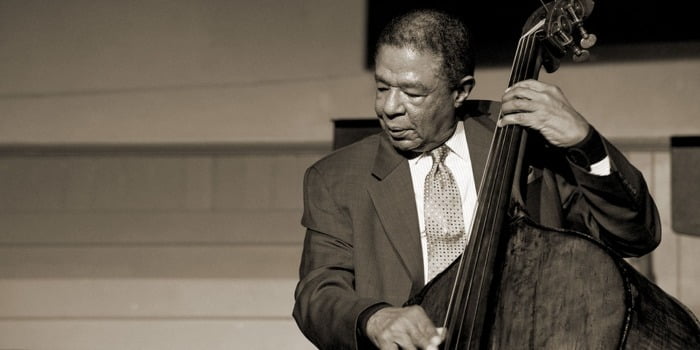
1960년 고등학교를 졸업한 후 윌리엄스는 진 애몬스와 소니 스티트와 함께 연주할 기회를 얻었다. 첫 세트가 끝난 후 애몬스와 스티트는 윌리엄스에게 투어에 합류할 것을 제안했다. 윌리엄스는 이 시기에 필라델피아의 콤스 음악 대학에서 작곡, 화성, 이론을 공부했다. 1961년경 윌리엄스는 다코타 스테이튼, 베티 카터, 사라 본 등 다양한 가수들과 함께 연주하며 큰 인기를 끌었다. 사라 본과 함께한 첫 유럽 투어에서는 프랑스 리비에라에서 마일스 데이비스 퀸텟과 교류하기도 했다.
윌리엄스는 미국 서부로 이주하여, 당시 낸시 윌슨(가수)과 재즈 크루세이더스의 인기 있는 베이시스트가 되었다. 윌리엄스는 당시 레이 브라운의 “넘버 원 대체자”로 불렸다. 그는 1967년 몇 달 동안 마일스 데이비스와 함께 일하게 되었다.
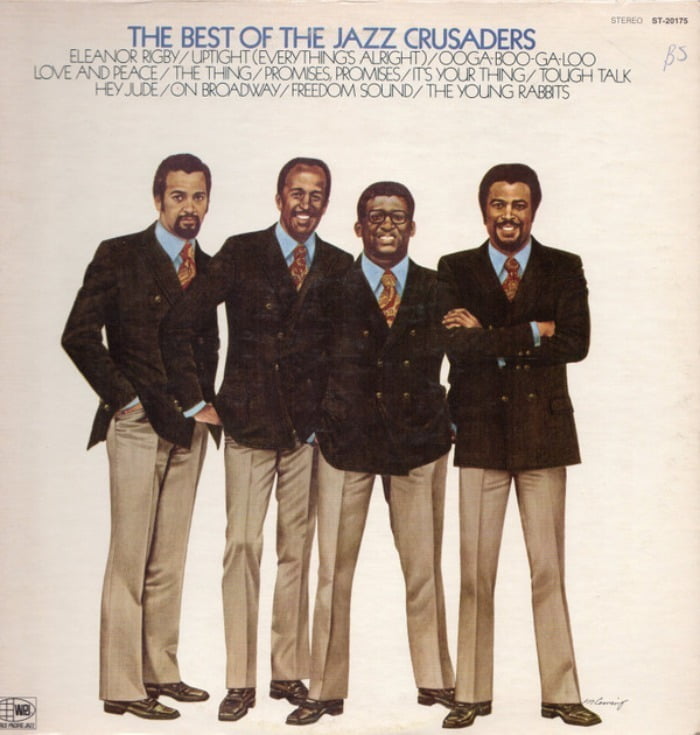
윌리엄스는 마침내 1975년 앨범 “Pinnacle”로 리더로서 데뷔했다. 1980년부터 1998년까지 윌리엄스는 베이시스트이자 음악가로서 매우 큰 수요를 받아 수많은 녹음과 그룹에 참여했으며, 당시의 베이스 사운드를 대표하는 인물로 묘사될 수 있었다. 윌리엄스는 행크 존스와 토니 윌리엄스와 함께 작업한 “Love For Sale”로 그래미 상 후보에 올랐는데, 이는 존스의 첫 번째 “The Great Jazz Trio” 명의의 앨범이었다.
윌리엄스는 혁신적인 피아니스트이자 작곡가인 델로니어스 스피어 몽크의 이름을 따서 “Sphere”라는 헌정 그룹을 결성했고, 이 그룹은 1982년 2월 17일 몽크가 사망한 날에 엘렉트라 레이블에서 몽크의 곡들을 처음으로 녹음했다. 윌리엄스는 나중에 작곡 부문에서 미국 예술 기금(National Endowment for the Arts)과 1991년 뉴욕 예술 재단 펠로우십 그랜트를 수상했다.
현대 재즈에서 베이스에 대해 배우고 싶다면 이 두 뛰어난 베이시스트가 참여한 녹음을 듣는 것부터 시작할 수 있다.
<칼럼 원문> Who's on Bass?
When many people think of Jazz groups, they likely think of the pianist, horn or guitarist but, as a pianist, I'm often thinking who is on drums or on bass because without strong players who have the energy and talent to collaborate with, the music does not fare as well.
I would like to also consider the bassists who have influenced and helped shape so many groups in the way they approach making music. While I've been currently engaged in listening to such wonderful contemporary bassists as Matt Brewer and Harish Raghavan, I would like to look at two of the most important bassists of all time.
First, I have to think of is Ron Carter who has an entry in the Guinness World Records as the most recorded bassist in jazz history. He has been on over 2,25o recordings and is on some of the most noteworthy recordings in the history of Jazz such as ESP, Four, Nefertiti by Miles, Maiden Voyage by Herbie Hancock or Speak No Evil by Wayne Shorter. Carter started out as an aspiring cellist, however soon found that there were problems in developing a career as a musician. Carter said, "Cello was my main instrument and, as a youngster, I was pretty good at it . . . whenever my high school presented their kids to perform at a PTA meeting or other such adult gatherings they always chose a white kid, not me." When he found out that the only bassist was leaving the next year, he decided to switch to bass but found the same blocks in place in the classical world of music, "I realized that the people who did the hiring for philharmonic orchestras weren’t interested in employing African American musicians. It was obvious". Since no one wanted to hire a black classical bassist, he turned to Jazz and has not looked back since. Carter was encouraged by Sonny Stitt to come to New York City after he graduated from Rochester University, thus he did so.
Carter came to New York in 1959 and joined the Chico Hamilton’s (Drums) quintet, where he had the opportunity to perform with saxophonist-flautist Eric Dolphy. Carter spoke about playing New York City, in the early 60's, as being four sets a night kind of life, where early sets would feature more intricate tunes since the people who listen would come out early and the drinkers would come out later around 2am. During one of his performances at the Half-note with Art Farmer, Miles Davis stopped by and listened to him perform. During intermission, Miles came up to me if he would be interested in joining him for a tour he had booked. Eventually Carter teamed up full time with Davis. The then 25-year-old Carter joined drummer Tony Williams (17), the pianist Herbie Hancock (22) and the saxophonist Wayne Shorter (33), to make up Davis' second great quintet which came after the "Kind of Blue" personnel which featured Paul Chambers on bass.
Of this second great quintet lineup, Carter says "That band was a laboratory and Miles was head chemist". This group saw the further exploration of modal harmonies and different ideas of just how a group can work in Jazz. The group went on to explore the use of electric instruments and other experimental techniques in arranging. Carter further explained "I’m very proud of the music we made and, even now, I think it still stands out. Miles wasn’t one to give orders in the studio; he was more interested in what you would bring to the session. It was a case of listening, paying attention, understanding what was developing. It was an adventure. “I learned a lot of things from working with Miles: I certainly learned that, as band leader, you need broad shoulders as all the responsibilities rest with you.”
Carter would later form a very influential piano quintet with Miles Alumni Herbie Hancock (piano) and Tony Williams (drums), and Freddie Hubbard (trumpet) and George Coleman (Tenor Saxophone) performing making such recordings as "Maiden Voyage" – one of the most important Jazz recordings ever.
Another bassist who has had a tremendous impact upon a wide variety of Jazz groups simply by being on the gig is Buster Williams. Williams has performed with every group of any notoriety for the last forty years. Williams grew up in Camden, New Jersey where his father was a musician who played bass, drums, and piano, and had band rehearsals in the family home, exposing Williams to jazz at an early age. Buster had his first professional gig while he was still a junior high school student when he stood in for his father who had double booked a gig. Williams later worked his way into Jimmy Heath's band which lead to greater exposure for the young musician.
Immediately after graduating from high school in 1960, Williams had the opportunity to play with Gene Ammons and Sonny Stitt. After the first set on a Friday night, Ammons and Stitt asked Williams to join the band on tour. Williams also during this time attended the Combs College of Music in Philadelphia where he focused his studies upon composition, harmony and theory. Around 1961, Williams was in great demand with various singers such as Dakota Staton, Betty Carter in 1962 and Sarah Vaughan in 1963. Vaughan took him on his first European tour, during which he connected with the Miles Davis Quintet on the French Riviera.
Williams moved to the West Coast in America where he became an in demand bassist for Nancy Wilson (singer) and The Jazz Crusaders. Williams was, at that time, the "number one substitute" for Ray Brown. He ended up ultimately working with Miles Davis for several months in 1967.
Williams moved to New York City in October 1968 where he continually worked shows for Art Blakey, Herbie Mann, and Mary Lou Williams, while recording for Atlantic, Blue Note, and Prestige with artists such as McCoy Tyner, Dexter Gordon, Roy Ayers, Stanley Turrentine, Frank Foster, Illinois Jacquet, and, once again, Gene Ammons. Having worked with Herbie Hancock in the Miles Davis Quintet, Williams became a fixture of Hancock's Mwandishi Sextet which saw the recording of records such as Sextant and The Prisoner. The Mwandishi Sextet also explored new electronic sounds in jazz and featured Williams on both acoustic and electric bass.
Williams finally made his debut as leader in 1975 with the album Pinnacle. and between 1980 and 1998, Williams was so in demand, as a bassist and musician, he was on so many recordings and in so many groups that he could be described as being the bass sound of the time. Williams was nominated for a Grammy Award for his work with Hank Jones and Tony Williams on Love For Sale, the first of Jones' records credited to "The Great Jazz Trio". Williams went on to form a tribute group named "Sphere" named after Thelonious Sphere Monk, the innovative pianist composer and the group made their first recording of Monk tunes for Elektra on February 17, 1982, the day Monk died. Williams was later awarded a National Endowment for the Arts grant for composition as well as a New York Foundation for the Arts Fellowship Grant in 1991.
For the listener, if one wants to learn about the bass in contemporary Jazz, they could easily start by listening to any recording that contains these two magnificent bassists.
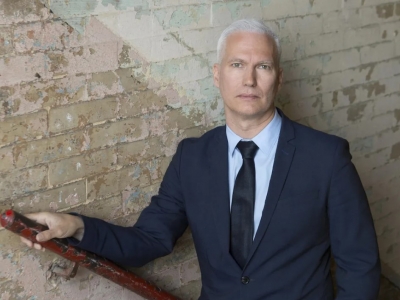
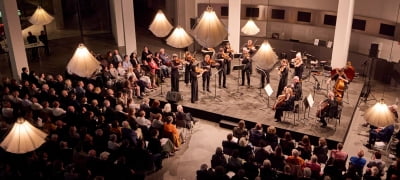


![K팝 업계에도 '친환경' 바람…폐기물 되는 앨범은 '골칫거리' [연계소문]](https://img.hankyung.com/photo/202206/99.27464274.3.jpg)
